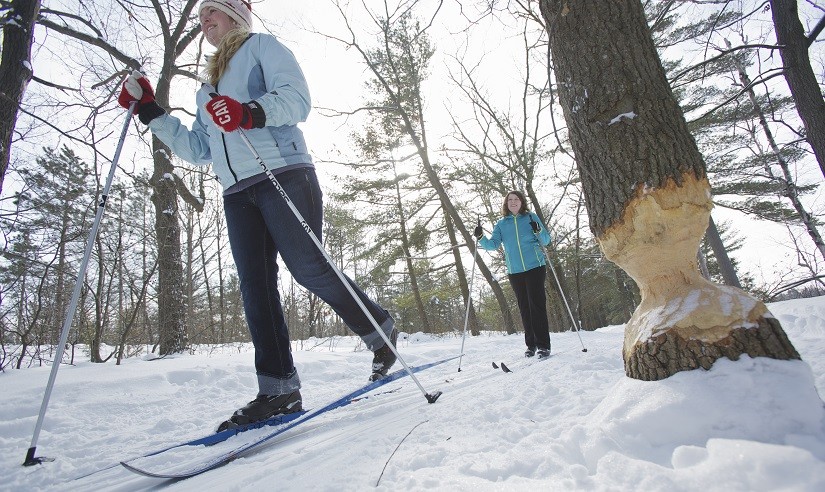Pop quiz: do beavers hibernate? In today’s post, Discovery Program Specialist Dave Sproule answers common questions about beavers.
If you’re near water, especially in our northern parks, you might see signs of one of the most important animals in the Ontario landscape, one that molds the landscape to its own needs.
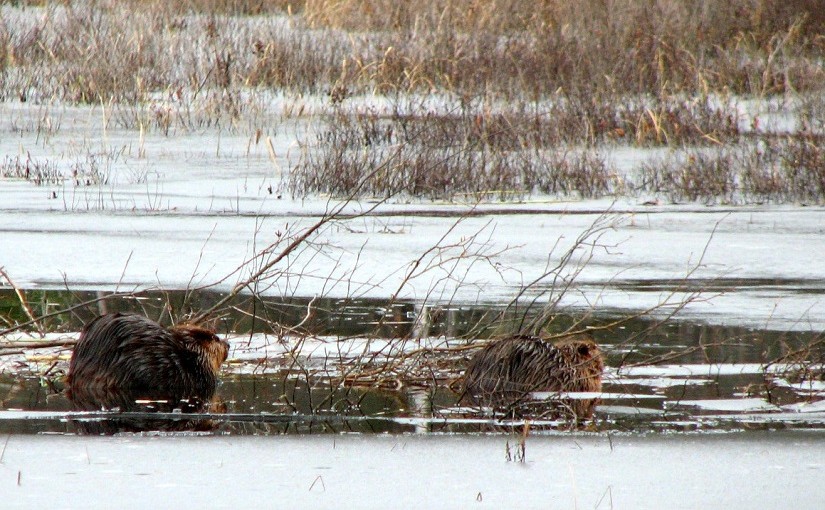
But in the depths of winter, with much of Ontario frozen and white, what are these aquatic creatures up to?
Here are answers to some common beaver-themed questions:
1. Do beavers travel south?
Beavers don’t migrate. They stay put in their home pond, stream or lake, swimming under the ice.
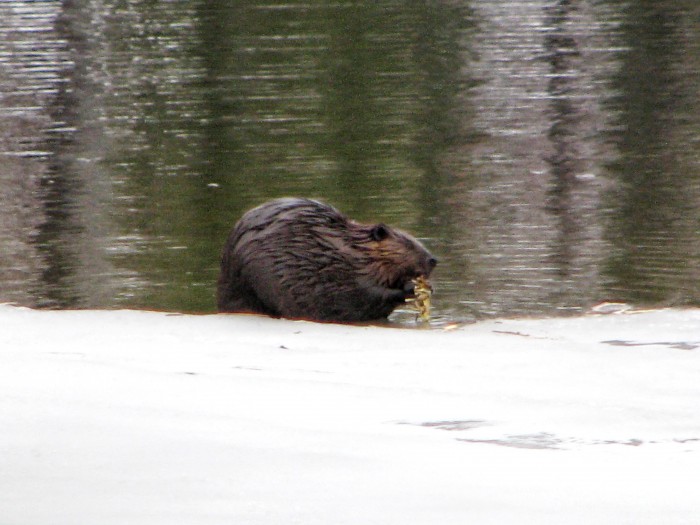
2. Do beavers hibernate?
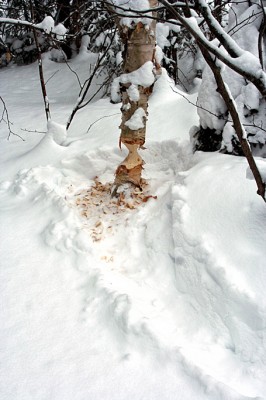
Beavers are active throughout the colder seasons – no long winter’s nap for them!
In summer, we often see signs of the beaver, such as gnawed trees or bark-bare sticks floating in the water, known as “beaver chew.”
More obvious evidence is the beaver dam, found along streams and at the edges of ponds, wetlands and lakes.
In winter, the signs become trickier to spot because of the snow and frozen lakes and ponds, but beavers still need to chew.
3. Isn’t the water too cold?
No, beavers are well-adapted to their environment, including a waterproof coat. A layer of coarse hairs guard the surface, while underneath, a thick layer of fine hairs have tiny hooks on them that mesh together tightly to keep water out.
This coat gets much thicker in winter, and in colder climates. The further north a beaver lives, the thicker its fur.
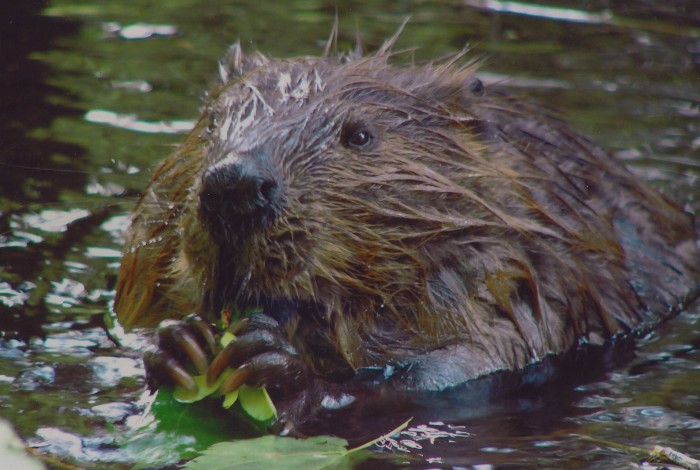
Beavers can also secrete an oily substance which they comb through their fur with their front paws. This helps keep the water out, and is similar to rubbing waterproofing into your leather jacket. Beavers groom themselves and each other frequently to keep their coats clean and dry.
**Bonus fact** Beavers have other cool adaptations for living in water part-time, including webbed feet for swimming, nostrils that close when underwater, and a transparent third eyelid to protect their eyes. Their tails help regulate heat and store fat for difficult times, like winter.
4. Where do they live?
Beavers live in a lodge, a structure made from mud, sticks and logs, with an underwater entrance. Lodges are often built in the middle of shallow ponds but can be found along riverbanks and lakeshores where the water is too deep to be away from shore.
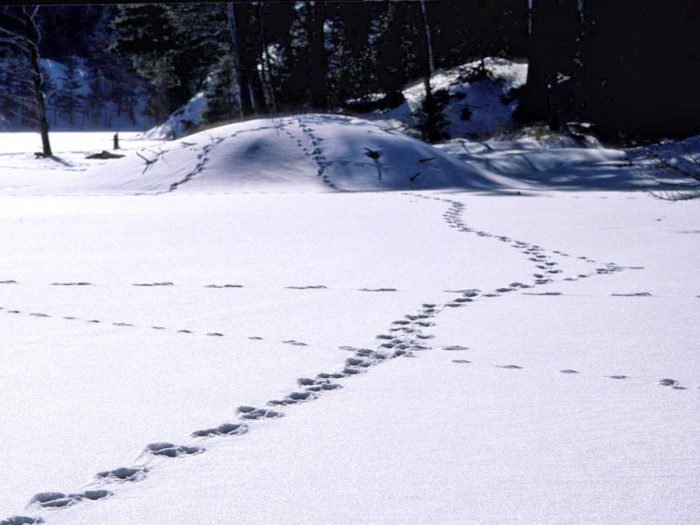
They choose a good location, usually not too close to shore, so wolves can’t dig through the top of the lodge. In winter, the mud, sticks and logs freeze together, so digging through is difficult for predators.
The water should be deep enough to support the lodge, but shallow enough that the wood pile breaks the surface of the water.
Once the wood is piled, the beavers chew an entrance from underwater into the dry part of the wood pile, making a chamber that stays dry and warm through the winter
Spotted steam escaping from the top of a winter beaver lodge? It’s a safe bet that lodge is occupied!
5. What do beavers eat when nothing grows in the winter?
They eat the buds and twigs of their favourite trees and shrubs – willow, alder, poplar and birch – but just the outer layers of the bark, not the inner wood.
Beavers have long been known for their “hard work” ethic (to put it in people terms). Through the spring, summer, and fall, they diligently build and maintain dams, cutting down trees to later use for food.
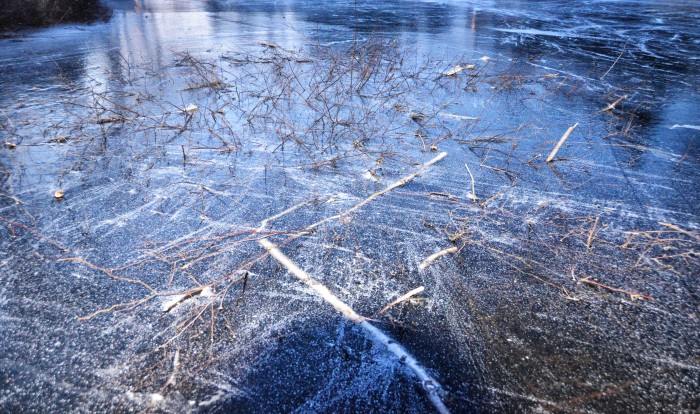
In the warm season, beavers cut branches from shoreline shrubs and felled trees. Beavers, being slow on land, like to fell trees so their leafy tops fall into the water, so the beaver is safe from predators like wolves.
The higher water levels caused by dams also allow beavers to store their food underwater, making it last longer and keeping it safe under the ice.
6. Why are beavers important to the ecology of the forest and waterways?
Beavers can change landscapes with their dam-building, one of the few animals able to alter their own environment.
By changing water courses, flooding forests and creating wetlands, beavers create diverse habitats that benefit many plants and animals. For instance, increasing the water’s edge provides habitat for a variety of birds, plants and insects.
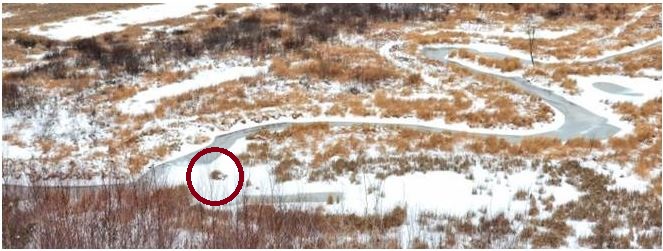
In winter, a beaver pond may shelter frogs and turtles in its muddy bottom, as well as dragonfly larvae, and Brook Trout.
Beaver lodges have even been known to become homes for Muskrat, living in their own private “apartment” (but, of course, not paying rent!).
